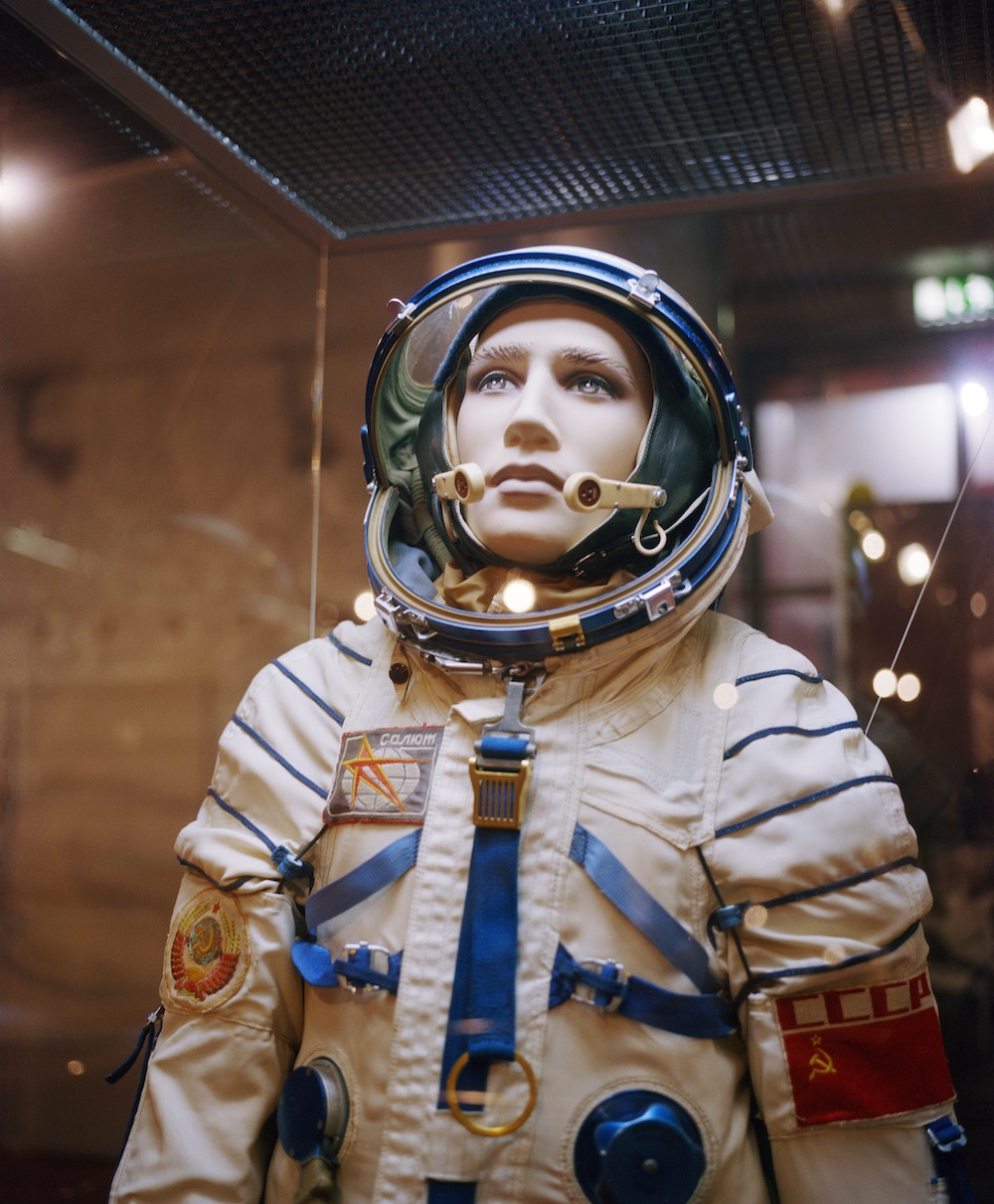
When the Fénykövi Elephant was unveiled for the first time at the United States’s National Museum of Natural History in 1959, guests and dignitaries in the rotunda marveled at its size. The creature was believed to have been the largest land mammal in the world at the time of its death and it quickly became the centerpiece of the museum. But it had a problematic provenance. Hungarian-born Josef Fénykövi, who had donated the exhibit, had shot the large bull elephant in Angola four years before, after tracking it on and off for a year. Fénykövi’s hunting team had to use a truck full of salt to keep the hide fresh on its journey to the nearest railway station. Once it reached the museum, it was discovered that the elephant had been at least 100 years old when it had succumbed to Fénykövi’s bullet.


